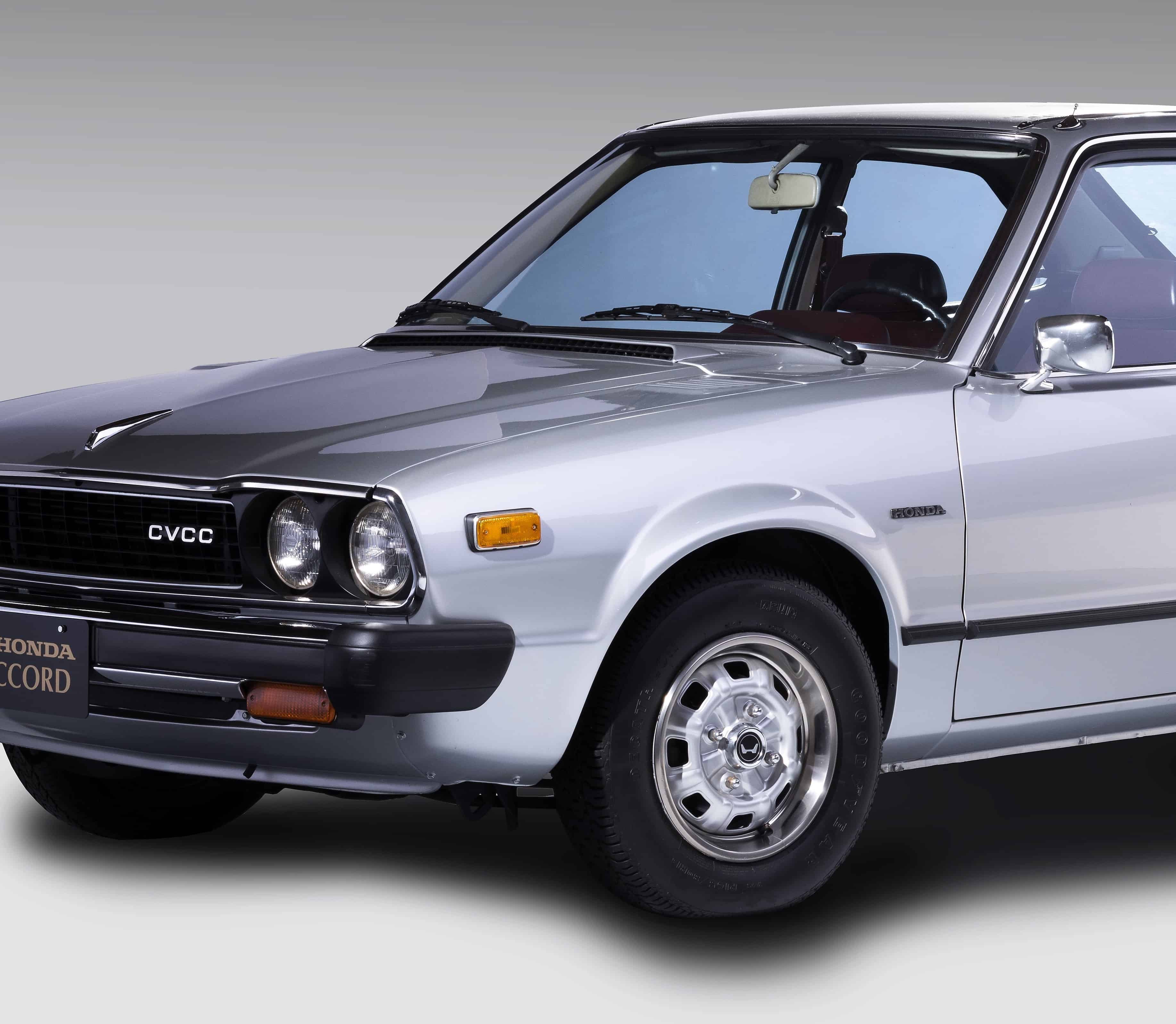
The Honda Accord celebrates its 40th anniversary and has reigned as the best-selling car in the United States for many of those years. The Japanese automaker has sold more than 12.7 million of them since the car first rolled out as a compact hatchback in June 1976.
Which brings up the question as to whether such a mass-produced commodity could ever become a collector car. Accords have been ubiquitous almost from their first model year, and as familiarity breeds contempt, they are rarely considered anything more than affordable, reliable transportation units to be traded in when they get old.
So the logical answer would be: no. Even a first-generation Accord in excellent condition would have a hard time passing muster at, say, a collector car auction. Yet younger vintage-car enthusiasts who are more likely to appreciate Japanese brands could see something in the early Accords that older collectors do not.

There are some examples of simple, practical economy cars of the past that now are seen as collectible, although not typically very valuable. Early Ford Falcons come to mind, as well as Chevrolet Corvairs and Novas, Dodge Darts and Plymouth Valiants. Not counting performance models or customs, which are a different story, the simple compact domestic cars of the ’60s and early ’70s do have their own enthusiasts for restored examples, or better yet, those in excellent original condition.
Among the ranks of Japanese vehicles ever sold in the U.S., only a handful of sports cars have ever made the grade as collector cars. The first generation of Toyotas to reach our shores recently have gained some notice, especially the early Coronas. So why not Accord?
While Accord is generally seen as an import, it should be considered an American product despite its Japanese nameplate. Production of Accord in Marysville, Ohio, started in November 1982, and the car has been built in plants in East Liberty, Ohio, and Birmingham, Alabama, as well as Canada and Mexico. Honda has produced more than 10.7 million Accords in North America, which should boost its cred as a domestic product.
The classic car marketplace continuously ebbs and flows, with cars gaining or losing popularity and value all the time, and as generational upheavals moving the needle forward constantly. Change is the nature of the beast, and those who rely on it for a living must always be looking ahead for what’s coming up next on the collectors’ radar.
Yet the likelihood of any number of classic car collectors getting misty eyed over an Accord hatchback seems remote. A future collectible? Anything can happen, but not any time soon.







The only first-gen Honda Accords that are collectible are those that have delivery mileage in as-new condition. And even those might only be worth two to three times the original MSRP. The reason? Rust and very low quality interior trim materials.
I owned a car stereo store from 1976 to 1992 and by 1980, the earliest Accords, in the Northeast US at least, were already rusting away, especially at the tops of the front fenders. And the interior vinyl was very thin, ripped easily and the bolsters suffered from premature wear, even from normal use.
But the drivetrains were essentially bulletproof, thus the cars themselves deteriorated around the engine and transaxle.
Just an observation. The car pictured above is not an Accord. It’s a Civic CVCC.
The car shown is an Accord CVCC, first generation